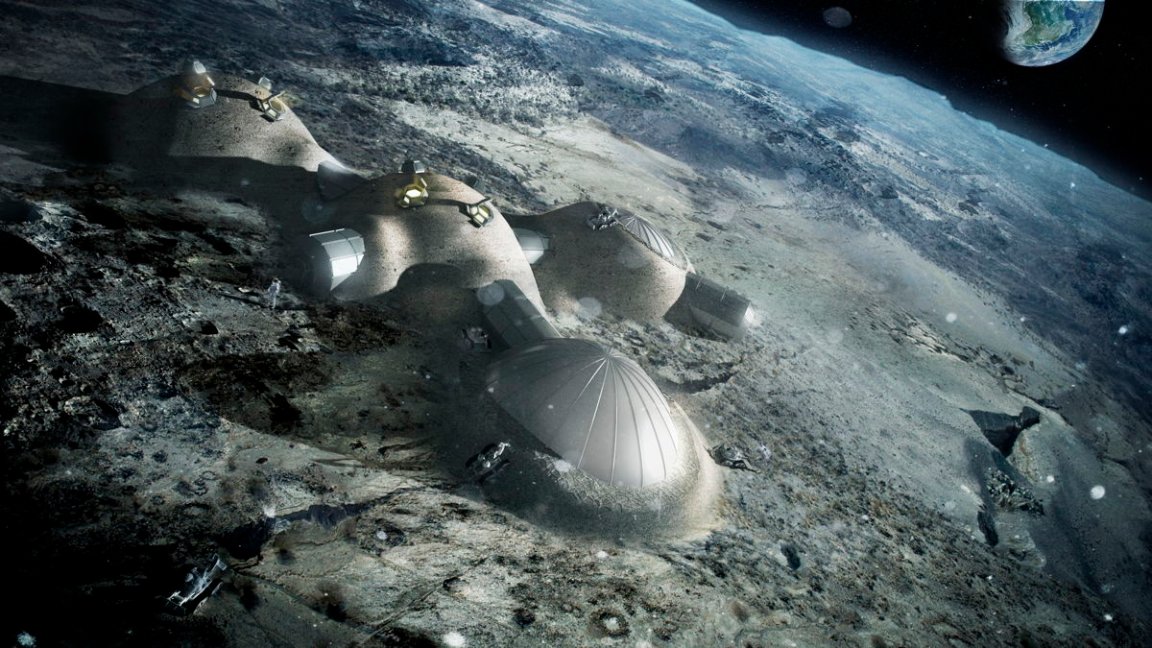
When people talk about setting up a permanent base on another world, there is one thing most fail to mention…sex. Although NASA won’t comment on whether astronauts do the deed in space, they are actively funding research into space sex biology.
When Mary Roach, author of Packing for Mars, couldn’t get much out of NASA, she broached the subject with a marine biologist. You might be thinking “what could a marine biologist possibly tell us about sex in space?”– but note that floating in water is a decent approximation of zero gravity. Anyway, harbor seals, which have not been observed mating in their natural habitat, were placed in a swimming pool. After careful study, they ultimately came to the conclusion that, when it comes to sexual intercourse, gravity is your friend.
“The male spent most of his time grasping the female tightly, attempting to hold on and remain in the coital position” the researchers wrote.
The male was also caught using his teeth (ouch) as a third hand, latching onto the female’s back as a tether of some sorts. This isn’t limited to seals, by the way. Veterinarians sometimes have to carry out rhinoplasties on female sea otters for this same reason. The males themselves don’t have much better sex lives. Seagulls somehow manage to mistake an erect penis for an ocean delicacy.
The result? Aerial pecking.
The First Space Baby
To really consider reproduction functions without gravity, we look to plant sex, as plants are among a small number of organisms available in a space setting. Two plant sex experts, Geitmann and Chebli, focus on pollen, the male sex cells of plants. When a pollen cell lands on the female part of a plant, it develops something called a pollen tube. “It has a lot of analogy to human fertilization,” Geitmann sniggered. “Obviously! It’s a cylindrical tool. But it gets very, very long. Any guy could be very envious of the aspect ratio.”
The pollen tube happens to be the fastest growing cell in the plant kingdom, and the duo wondered if the pollen tube growth could happen in space. To simulate it, they needed to watch the pollen in an alternate gravity. “So we had to build an in-house centrifuge,” said Chebli.
Ultimately, they saw their specimen respond to anything remotely resembling a Camellia flower, such as salty, or sugary water. Their presence sent the pollen into overdrive, and the tubes blossomed.
To a certain degree, that is what happens at normal gravity. But in higher and lower gravity, many of the pollen grains failed to grow a pollen tube. In other words, they failed to germinate.
Moreover, a closer look at the pollen cell, its distribution, and configuration revealed that, at altered gravity, it was an overall mess—suggesting it would be bad for human cells too. It is natural that we fear deformities in our offspring. So, without knowing how babies would develop in zero gravity, the risks are immense
In 2011 the Institute of Medicine advised NASA to make reproduction and development research a priority.
Tash who was brought on to do just that, has found that, with sea urchins (their sperm are similar to mammals, with the capacity to swim and fertilize), the chemical reactions that get the sperm swimming actually happen faster in space. “On the other hand,” Tash says, “the chemical reactions that the sperm undergo in response to the proteins that trigger their fertilization response were much slower.”
Maybe too slow to fertilize eggs. Radiation should also be addressed. NASA astronauts have to sign consent agreements, saying they know spaceflight could put their sperm or eggs at risk.
“In the late 70’s,” he says, “the Russians flew a satellite experiment where they had three female rats and two male rats, that were put into a satellite. When the satellite came back to Earth, they examined the females for any evidence of pregnancy and there was none. So either the females and the males didn’t mate. Or they mated but maybe the females weren’t producing eggs.”
But there is something else to consider. Maybe they really could not get themselves together.
Yes,” says NASA research scientist and Wake Forest University obstetrics professor April Ronca, “they were commingling freely in this environment, and probably had no paw holds or physical supports.” The animal couples were attempting to counteract Newton’s Third Law: to every action there is an equal and opposite reaction. Reducing the force of gravity and thrusting just pushes the object of one’s affections away.
Ronca says even if we can get sex to happen in space, there are so many other steps of reproduction that could go wrong. “From mating,” she says, to “conception, pregnancy, embryonic fetal development, birth, lactation, maternal care and even the young growing up to sexual maturity.”
Although no mammal has given birth in space yet, Ronca has sent rats in their second half of pregnancy to space and come back to Earth to give birth. “The only difference we observed,” she reports, “is that the pups were born with twice as many labor contractions on the part of the mother.”
Ronca wants to take things step by step, first from figuring out what is up with sperm and eggs at microgravity, then to birth in space.
“Then add onto that,” she says, “the effects across generations are fascinating in terms of looking at how we actually could look at the first space originated mammal after a few generations, when the parental sex cells and the sex cells of the first offspring born in space are no longer carrying that memory of gravity. What will we look like if we reproduce in space over multiple generations? Will we ever be able to come back to Earth?”
Reproduction has not been high on the list of items to study. However, scientists like Tash and Ronca are now working on sending human sperm into space on an upcoming shuttle flight.